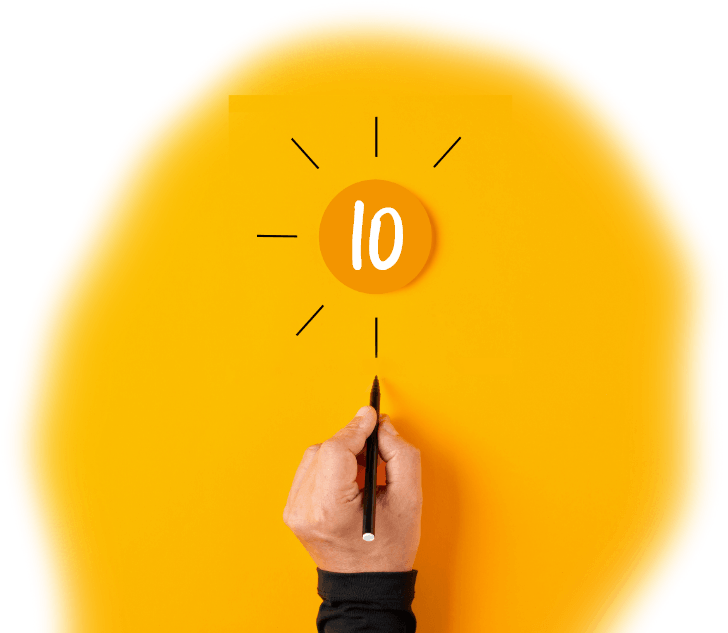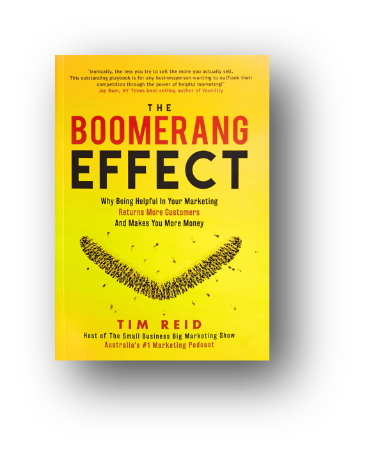This is a guest post kindly written and supplied for the motivated small business owner (you!) by Lance Willey of Rose Bay, NSW. Lance heard me say on one (if not more) episodes of the Small Business Big Marketing show that pricing is one of the tougher parts of marketing. Here’s his view on how to price a product …
One of the greatest joys of business is pricing your products or services. To think you actually get to set what the dollar value is for what you do and what it is worth. People (myself included) can find this process hard because they don’t have a system or routine in place to help them or that it’s done so rarely that they end up reinventing the wheel every time they need to set prices. I’m not going to share the pain I have been through in setting prices, only my technique to establish the final price of a product.
There are two definitions that are worth pointing out at the beginning, they are mark-up and Margin:
- Mark-up is the difference between the cost and selling price compared to the cost price ((Sell – Cost) divided by Cost). e.g. Buy $1.00 Sell $1.50: (1.50 – 1.00) ÷ 1.00 = 0.50 (50%)
- Margin is the difference between the cost and selling price compared to the selling price ((Sell – Cost) divided by Sell). e.g. Buy $1.00 Sell $1.50: (1.50 – 1.00) ÷ 1.50 = 33.33 (33%)

The first step I use is to define what the actual cost of the product is. Unless there are unique circumstances (like foreign currencies) I use the unit price from the suppliers invoice. I have seen Taxes, Freighting, Transaction cost, Deals & Bonuses included in this but I am reluctant to include these because they can change overtime and make maintaining a pricing system complex. Also sometimes it is worth recovering these extra costs separately so that you don’t unnecessarily inflate the products selling price. If we look at freight as an example, if I include Freight Inwards (from supplier to me) in the cost price it doesn’t show up separately in my accounting records which makes it hard to monitor and consider other options, like changing freighting companies or picking it up myself. If I include Freight Outwards (from me to customer) it can push up my advertised selling price making it uncompetitive especially when it is not uncommon to charge freight at the end of a transaction (a big deal when people search for a low price on line because freight charges don’t show up in the search). It’s even becoming a norm these days with Credit Card fees as well.
Second step is to have a base Margin to quickly set a suggested selling price. As I don’t know the costs of running your business or the product you may be selling, you will need to choose your own base Margin to use. I use 33?% (50% mark-up). This way I now have a value that I consider the customer might pay before I start thinking about all the other variables like competitors pricing and volume sales per month. I have found that this amount is generally a little bit above break even so that I actually do make some profit when I sell the product.
Third step is to form an idea of what sort of volume I believe I will sell monthly. If I am going to move mountains of it (a lot) and or I have a large amount of competition in the market place I consider bringing the selling price down, as long as my costs come down the more I sell, through either bulk purchase discounts or increases in efficiencies. If I don’t believe I can sell a lot of the product I then look at increasing the price and determine other ways I can justify this to the customer. I could do this through adding value or showing scarcity i.e. not a lot of these available and or that the customer’s alternatives are limited. If I can identify myself as a Premium Provider, this also contributes towards selling the product at a higher price.

So once I have all that figured out, I finalise a price and put the product to market, watch the sales trend and listen to customer feed back to see if the price needs tweaking overtime.

I know I haven’t covered inflating prices to then discount it back down. This is because I have been heavily involved in this process and it has worn very thin on me. I don’t like the ideology that I advertise a price that I never sell the product for just to deceive my customers in to think the product is worth something it is not. Then try to make them believe I am giving them a good deal (especially when I know someone else is getting a better deal than them). Discounting to add value is an easy business strategy, I believe you should do something because you are good at it, not the cheapest. Does anyone barrack for the sports team with the cheapest players? The extra you charge on top of the price you bought the product for, is what the customer believes is worth paying to buy from you. When you sell for the lowest price you are suggesting that you are the worst provider of this product in the market place.
Try to be in the right mood when you price your products. I have priced a product to high after someone has told me how good what I do is, just as I have priced it to low when I felt defeated and unimportant. It’s not just what the product is worth, it is also what it is worth to deal with you and your business. How great is it knowing that you set what you and your product are worth? I enjoy it and I hope you will too.
Happy pricing!






1 thought on “How to price a product.”
Good Read